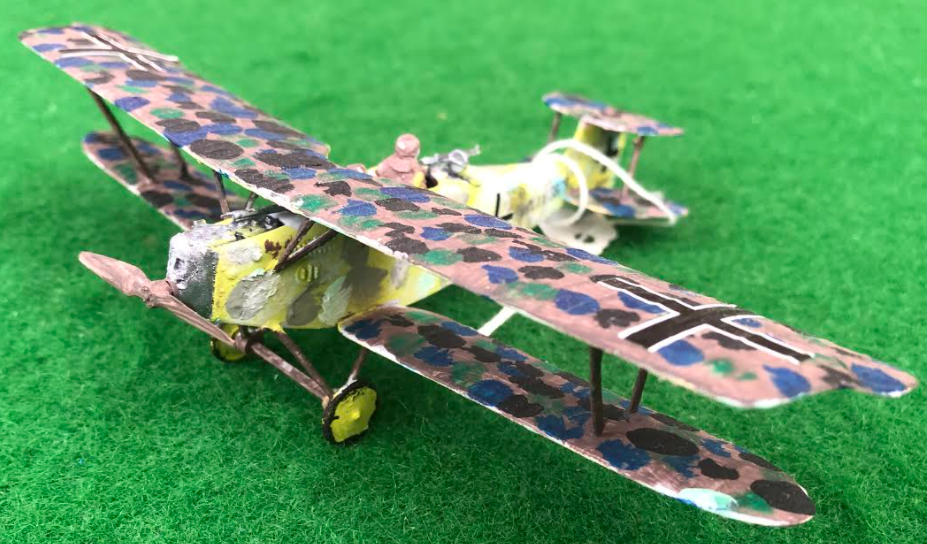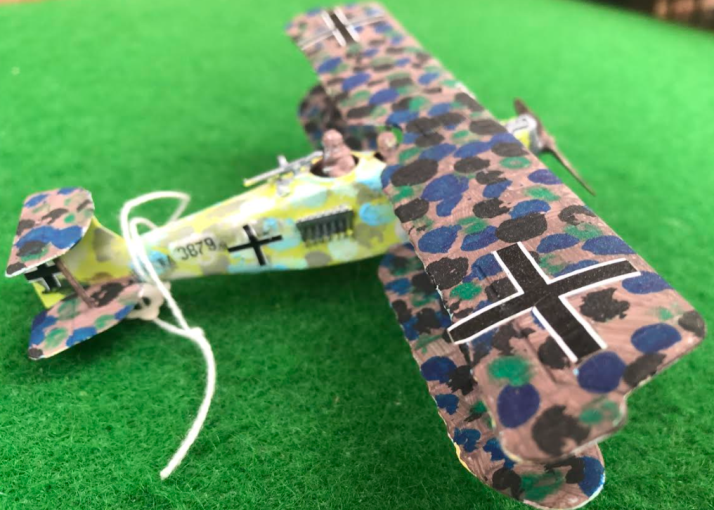Hannover CL.III
The Hannover CL.III was a German military aircraft of World War I. It was a two-seat multi-role aircraft, primarily used as a ground attack machine. Like the other Hannover “light-C-class”, or “CL” designated aircraft designed by Hermann Dorner, it included an unusual biplane tail, allowing for a greater firing arc for the tail gunner. Until the introduction of the aircraft, such tails had only been used on larger aircraft.
Compared to the preceding CL.II, the CL.III had redesigned ailerons with aerodynamic balances that overhung the wingtips, a modification that provided greater manoeuvrability, especially at the low levels that the CL.III was expected to be operating at in its new ground-attack role as the Schutzstaffeln (escort squadrons) were reassigned as Schlachtstaffeln (battle squadrons). It was also intended that it should use the excellent Mercedes D.III engine, but the Idflieg gave priority for these engines to fighter production, and most CL.IIIs were produced with the same Argus engine that the CL.II had used. The Argus engined variant was designated CL.IIIa.
The first aircraft delivered to a frontline unit was S.112 flown by Lt Sauvage of N.65, followed by S.113, assigned to Georges Guynemer of N.3. Guynemer was already credited with 15 victories at the time, but it was Armand Pinsard of N.26 who was the first to score an aerial victory on 26 August.
Allied air services were also equipped with the new fighter –
The Royal Flying Corps was the first foreign service to receive the SPAD VII, although only two squadrons (19 and 23 Squadrons) used it on the Western Front.
Russia received a batch of 43 in spring 1917 which were supplemented by approximately 100 SPAD VII manufactured by the Dux factory under license.
Belgium equipped the 5e Escadrille (later renamed 10e Escadrille) with the S.VII. Edmond Thieffry was probably the most famous Belgian pilot to fly the type.
Italy began using the SPAD VII in March 1917 where nine Squadriglia were equipped with it.
When the United States entered the war in 1917, an order for 189 SPAD VIIs was placed for the United States Army Air Service of the American Expeditionary Force. The first aircraft were delivered in December 1917. Most were used as advanced trainers to prepare the American pilots for the SPAD XIII.


